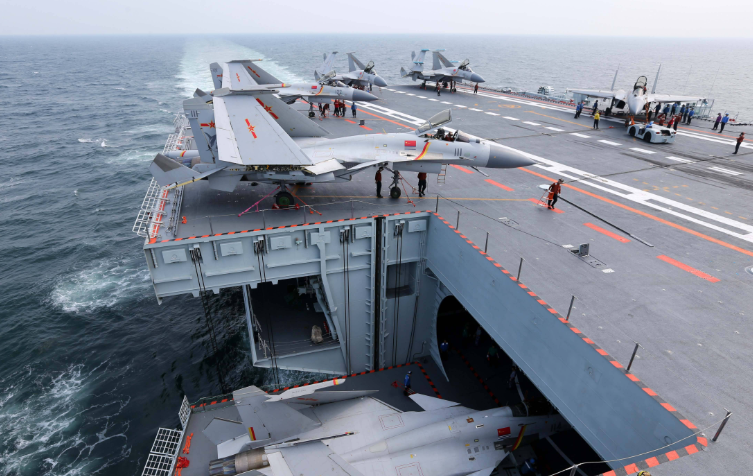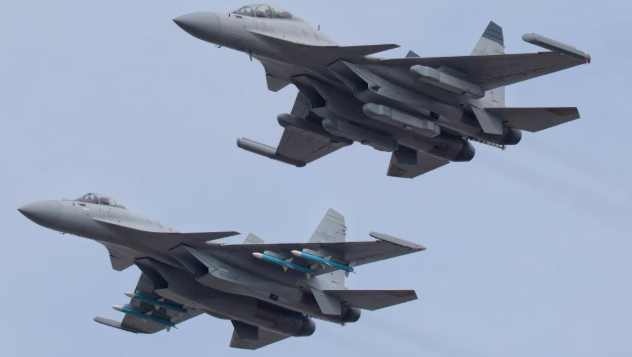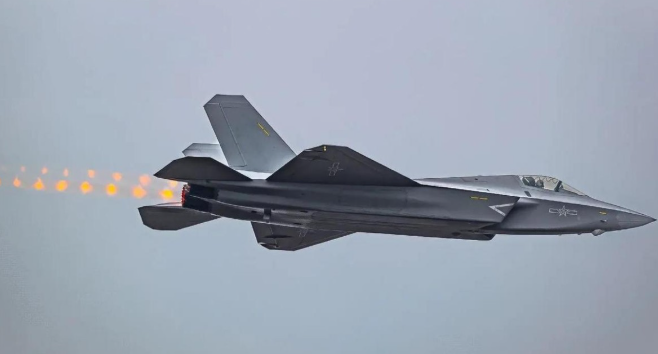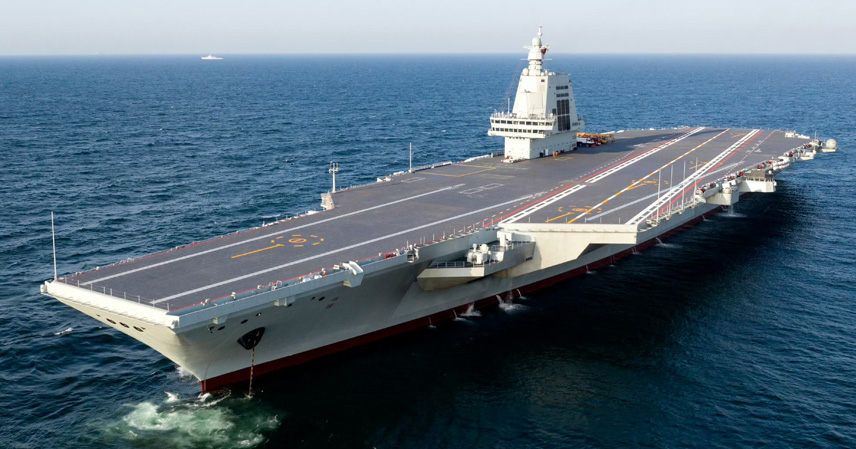China’s third aircraft carrier, the Fujian, has entered the South China Sea and is drawing unprecedented global attention. Satellite images released by U.S. media show a Z-18 naval helicopter already stationed on the carrier’s 80,000-ton electromagnetic catapult-equipped flight deck. According to official announcements, the Fujian is expected to begin receiving carrier-based aircraft on the 17th, initiating one of the most highly anticipated stages—the intensive catapult test trials.
The Fujian is under the spotlight like never before.
The Lingshui Airport, located on the southeastern coast of Hainan Island, has long been selected as the training base for naval aviation in the Southern Theater Command due to its unique geographical advantages. After departing from the Yangtze estuary, the Fujian has been operating at high speed and is now conducting activities in nearby waters, clearly preparing to receive carrier-based aircraft. For carriers, docking at port and using cranes to load aircraft is the least risky but also the most time-consuming method. Unless absolutely necessary, most navies prefer aircraft to fly directly from land bases to carriers. Similarly, when a carrier finishes deployment, allowing aircraft to return to land bases directly is considered both a privilege and a recognition of pilot skill, even though it may only save half a day.

Carrier-based aircraft operations are highly complex.
This South China Sea deployment marks the Fujian’s final testing phase. While the carrier requires specific aircraft types, the total number will remain limited. Building on the groundwork already established by the Shandong, a small number of elite pilots are expected to fly relatively mature models such as the J-15T and J-15DT. Their tasks include carrier landings, testing the electromagnetic catapult system, and verifying auxiliary equipment—laying the foundation for larger-scale operations. Therefore, expectations of mass deployments involving the J-35, KJ-600, or a full J-15 fleet, with dramatic group landings to deter rival powers in the South China Sea, are unrealistic at this stage.
The J-15 series remains the early core of carrier operations.
China’s pursuit of aircraft carrier development dates back to the 1990s and has spanned over three decades, consuming immense resources. As the first domestically built electromagnetic catapult carrier, the Fujian represents a milestone achievement and will be the backbone of the Chinese Navy over the next decade. Thus, as the carrier nears operational service, patience and step-by-step development remain crucial. This stands in contrast to India’s approach with the INS Vikrant, which was formally commissioned nearly three years before aircraft procurement contracts were finalized—an approach widely mocked for prioritizing appearances over actual combat readiness.

India’s carrier program has faced ridicule for its shortcomings.
The J-35 and KJ-600 are designed as the Fujian’s future core carrier-based aircraft, offering enormous strategic value. Both showcased advanced designs and component integration during the September 3rd military parade. However, these remain relatively new models and are not yet fully mature. At this stage—focused on validating the carrier itself rather than untested aircraft—forcing them into intensive catapult trials would be too risky. The Navy may allow the J-35 to test deck compatibility, but primary catapult testing will remain the responsibility of the J-15T. Only after the electromagnetic catapult system proves reliable will the J-35’s full capabilities be unleashed.
The J-35 will have to wait for its true debut.
If doubts once lingered over whether the Fujian would join the Southern Theater Command, such speculation has now been firmly put to rest. Signs emerging from the South China Sea suggest that China is forming a dual-carrier strike group in the region, ensuring at least one carrier remains operational at all times. Most significantly, the Shandong has long been hampered by its lack of fixed-wing airborne early warning aircraft, limiting its ability to challenge land-based air power. This shortcoming prevented it from pushing deeper into the South China Sea or toward the Malacca Strait. The Fujian, however, is set to resolve this gap, and its eventual operational range will be closely
watched by the world.

The Fujian and Shandong differ fundamentally.
One fact is crystal clear: for neighboring nations scattered across the South China Sea islands, a fully equipped Chinese carrier strike group poses a formidable threat. With the ability to launch air raids from multiple directions and combine long-range guided weapons with precision bombs, such a fleet could, in theory, wield nation-destroying power.



